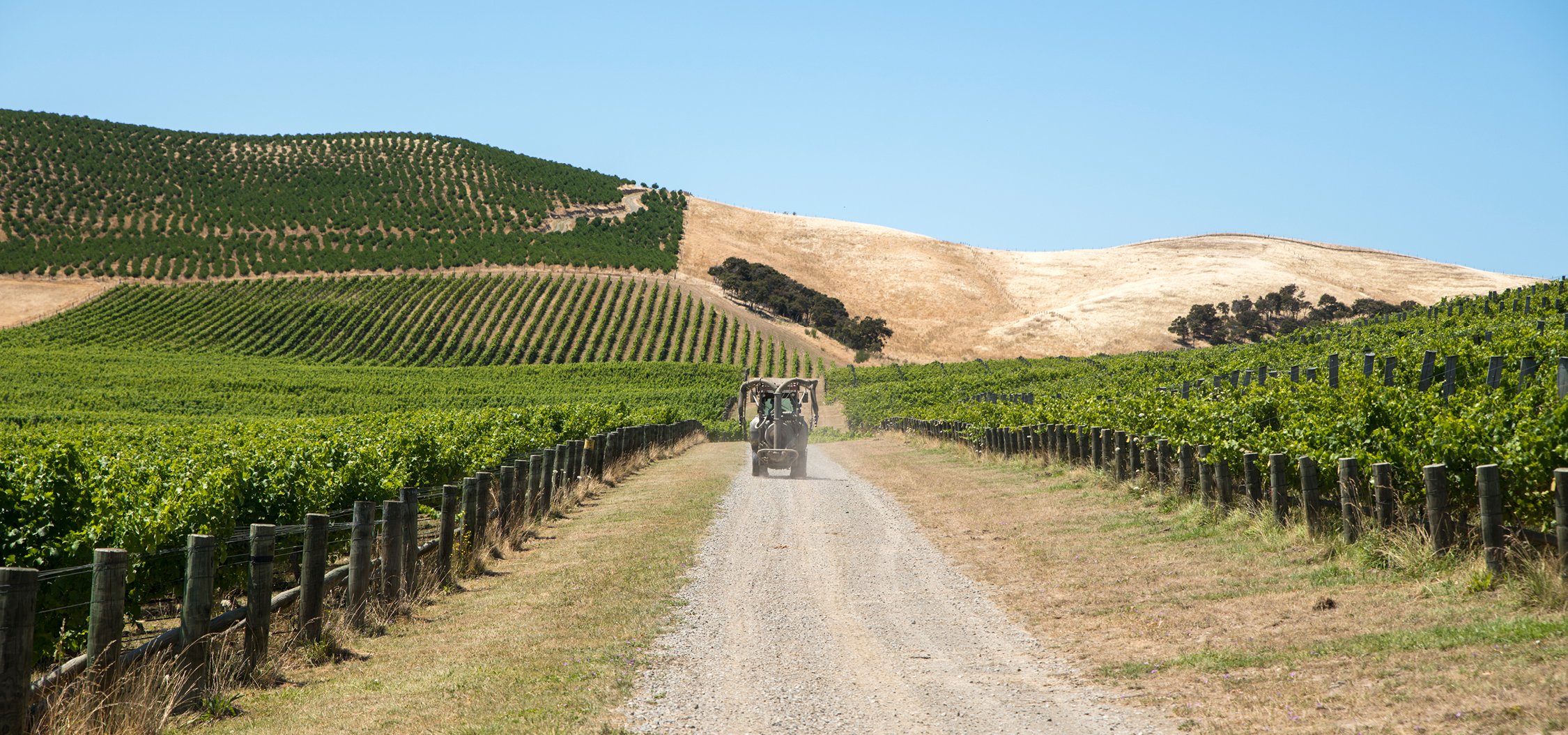Subregional Pinot Noirs
Marlborough’s Subregional Pinot NoirsImage: NZW
Great wine is made in the vineyard and that is never more true than when talking about Pinot Noir. The variety, which is Marlborough’s second most planted, is renowned for being tricky. It requires the right conditions to flourish, in terms of site, soil and climate. The vines require hands on care throughout the year and even more care once the fruit is harvested and lovingly processed.
Of the many grape varieties throughout the world Pinot Noir could well be the one that best reflects its origins in terms of country, region and subregion.
Here in Marlborough the three main subregions, Wairau Valley, Southern Valleys and Awatere Valley all provide Pinot Noir with stylistic differences.
Marlborough’s Master of Wine Sophie Parker-Thomson says the differences are mostly climatic and soil driven.
Let’s look at those stylistic differences.
The Southern Valleys are in fact a number of valleys, including Waihopai, Omaka, Brancott, Ben Morvan and Taylor Pass. The Southern Valleys are southern tributaries of the Wairau Valley and are a subset of the Wairau Valley.
“Pinot here is mostly planted to the hillsides,” Sophie says. “They are very old clay soils as opposed to the Wairau Valley which does have pockets of clay, but is mostly alluvial based.
Southern Valley Pinots tend to be more structured, with more tannic complexity and a darker fruit profile than Pinot from the Wairau Valley plain. That is because Southern Valley vineyards are lower vigour due to the soil type and hillside plantings. They tend to be protected from the easterlies contributing to a warmer microclimate. These factors result in thicker skins and smaller berries, which then equals the more structured, powerful Pinots from those sites.”
Wairau Valley, meaning “many waters” is the largest of Marlborough’s sub regions. It is broadly defined by its proximity to the 170km long Wairau River that runs from the mountains in the west, to the ocean on the east coast. It encompasses land that has derived from the many braided rivers that have wound their way over the landscape over millennia.
The Pinots from the alluvial part of the Wairau Valley tend to be more cherry and bright fruit Sophie says. “They tend to be lighter and fragrant. Because of the soil type, the cropping level tends to be higher which makes it ideal for high quality sparkling wine.”
The Awatere Valley is situated to the south of Blenheim, with the Wither Hills dividing it from the Wairau and Southern Valleys. It is known to be cooler, windier and drier than either of the other valleys, and was the last to be planted of the three subregions.
This subregion is more difficult to generalise Sophie says, due to the matrix of soils in the Awatere. “So it is site specific.
“Personally, I tend to find they are crunchy and fragrant. There are pretty floral notes, vibrant acidities and herbal nuances attributable to the Awatere’s cooler microclimate and some of the vineyards being affected by the coastal influence. Then as you go further up the Awatere Valley you have altitude.”
International forum Wine Folly described the flavours of Marlborough’s subregional Pinot Noir in a recent article that focused on the growth of this variety.
They said the Southern Valley Pinots were “fleshy, round and spicy thanks to heavy clay soils, hillside vineyard and low rainfall.”
Wairau Valley Pinots are; “light, bright, aromatic.”
Awatere Valley Pinots were described as being; “lean, vibrant and perfumed.”
In terms of comparing Marlborough with other New Zealand Pinot Noir producing regions, Sophie says this region is too diverse to characterize as having one style. “It is easier to talk about subregional stylistic expressions and draw parallels from there, but even within subregions there are winemaking influences that sees style diverge. We also have some exciting wines being produced from subregions south of the Awatere, such as Blind River, Ward and Kekerengu.
“Producers are starting to do a great job of celebrating subregional differences but I think collectively we should be providing resources for both trade and consumers to better understand Marlborough Pinot Noir and the subregional styles which between them ensure there is something for everyone’s taste.”

